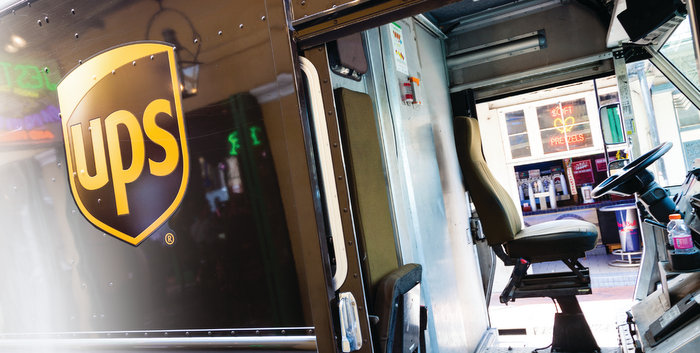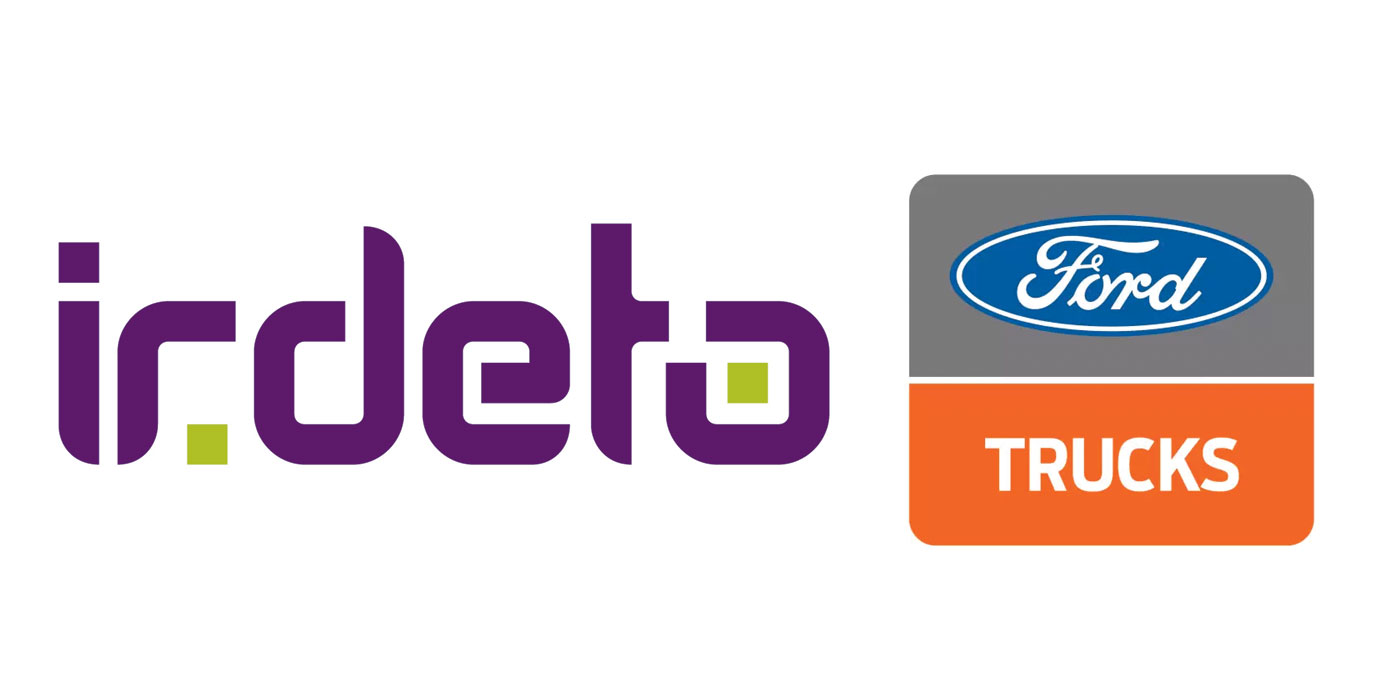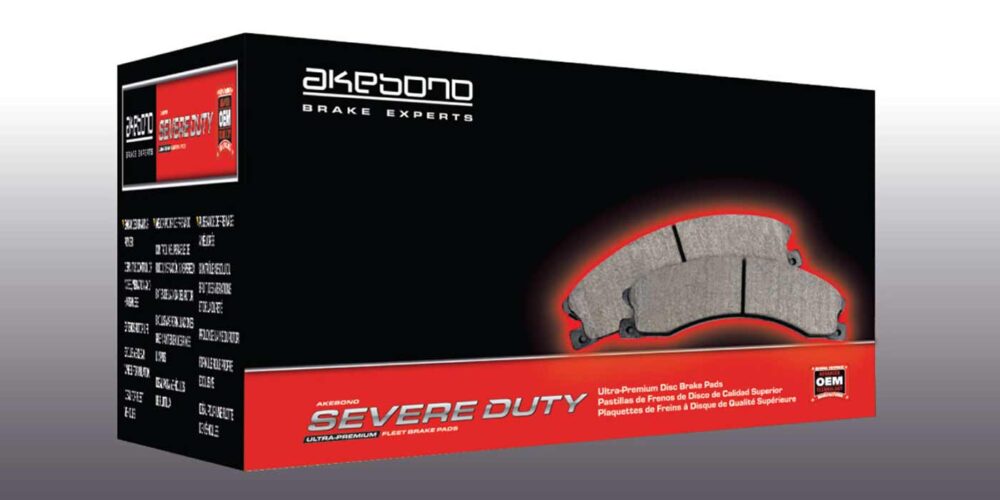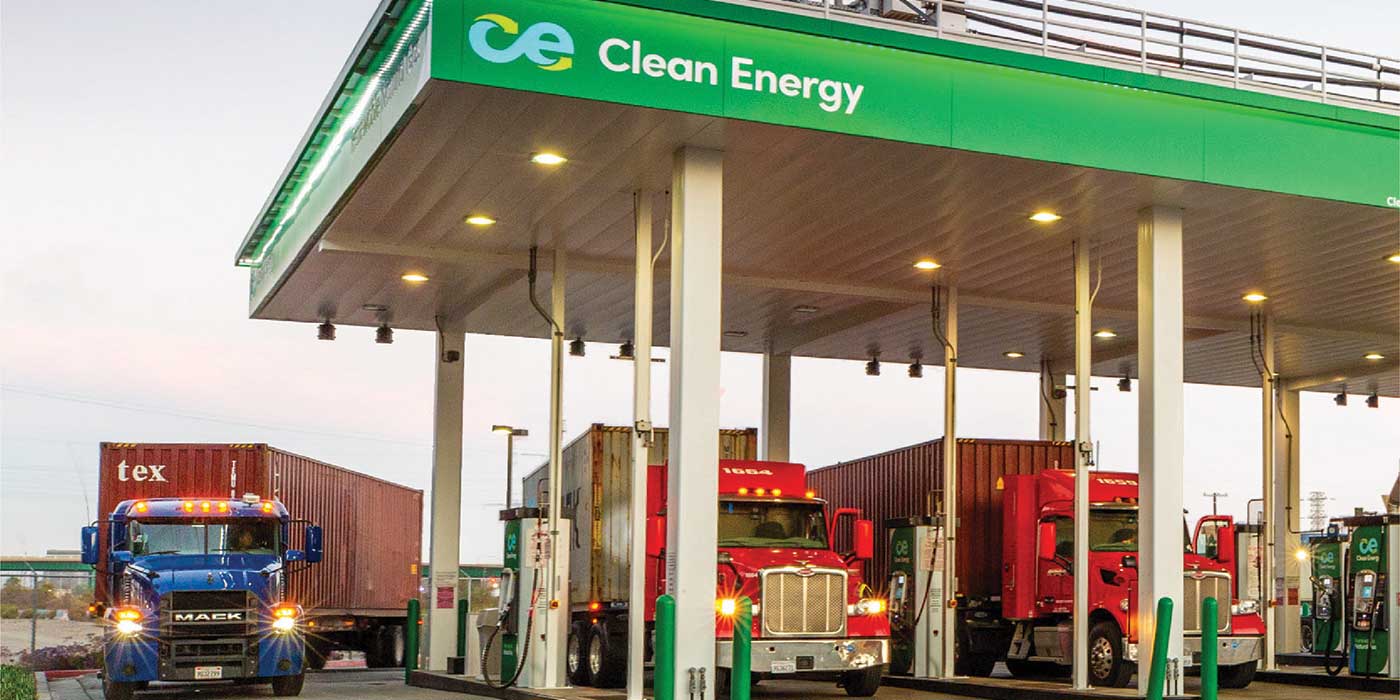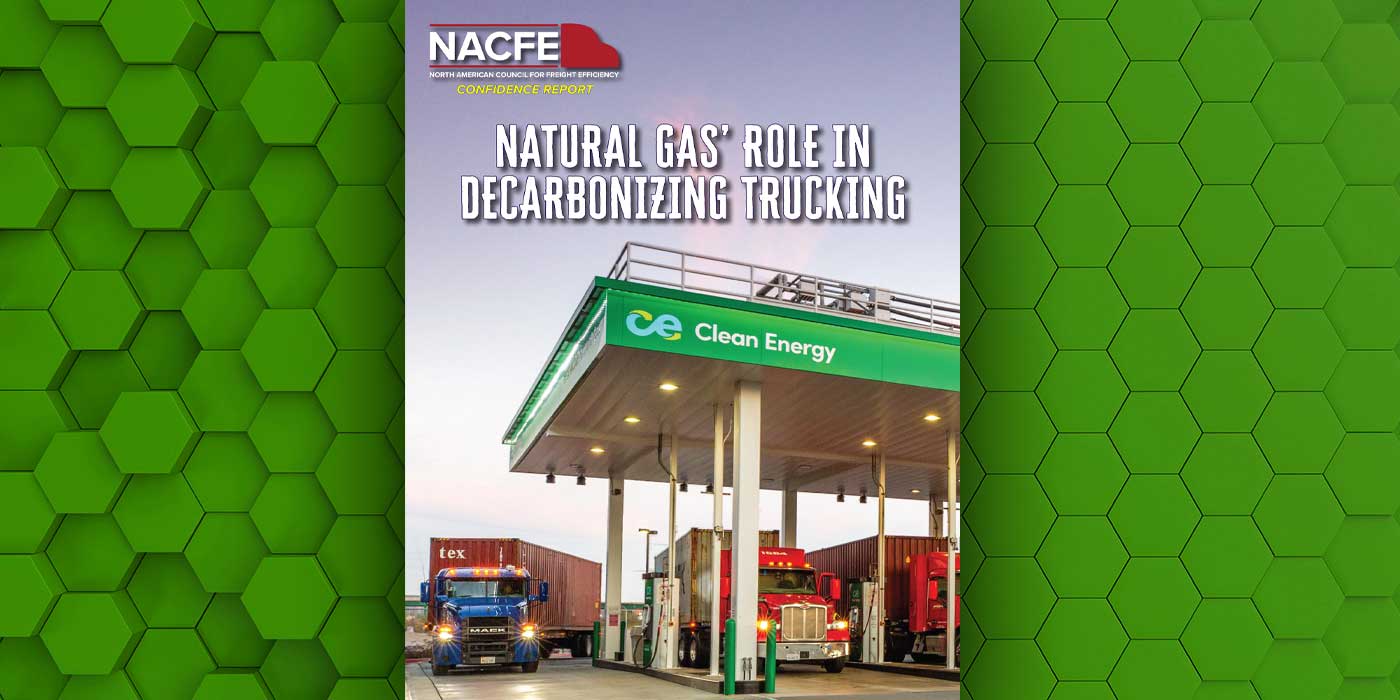Behind the recent announcement that UPS plans to build 15 compressed natural gas (CNG) fueling stations is that the company is also planning to deploy 1,400 new CNG vehicles over the next year. The purchase represents a nearly 30% increase in UPS’s alternative fuel fleet of 5,088 vehicles worldwide.
In the United States, UPS plans to deploy new CNG vehicles in 15 cities in 11 states. Twelve of the planned UPS CNG stations will be in new natural gas vehicle deployment areas and three will replace existing CNG stations with higher capacity equipment. Currently, it has a total of eight CNG fueling stations in California, Colorado, Georgia and Oklahoma.
“Our CNG announcement demonstrates our plans to expand the use of widely available natural gas,” said Mitch Nichols, UPS senior vice president of transportation and engineering. “CNG is an important building block in our long-term fleet strategy and offers environmental and economic advantages.”
The UPS CNG fueling stations and vehicle purchases, the company noted, are part of “an ongoing commitment to diversify fuel sources, implement a fleet infrastructure with lower tailpipe emissions and increase experience using alternative fuels in freight transport applications.” The approach is to both collaborate with various stakeholder groups “to identify and promote transportation solutions that enhance the sustainability of emerging fuel choices” and to employ a “rolling laboratory” to evaluate and field test potential solutions.
One result of that process, for example, was an order from UPS for Quantum Technologies to supply, through its OEM and installation partners, 319 of its Q-CabLITE and Q-RailLITE storage systems, as well as a version of the soon to be released back-of-cab storage system for CNG vehicles.
“UPS is a leading force in natural gas vehicle adoption in the U.S.,” stated Brian Olson, Quantum president and chief executive officer. “Quantum is proud to be able to support them in advancing their natural gas vehicle programs with a lower cost, domestic fuel.”
In 2014, UPS also turned to Powertrain Integration (PI) to integrate its GM 6.0-liter V8 propane autogas engine package for delivery vehicles. PI works directly with OEMs to integrate engine packages and support production on factory assembly lines.
(Click “Next Page” to continue reading the story.)

